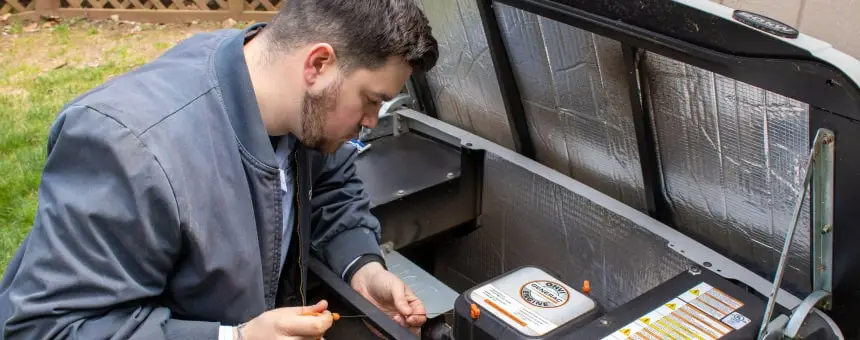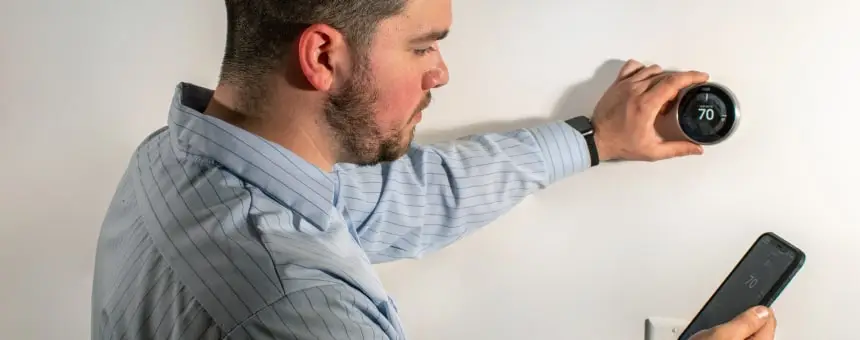Bruni and Campisi | Plumbing, Heating and Air Conditioning
Air Conditioning

AC System Buy Back Up To $1500
Get this dealCannot be combined with any other offers or memberships. Cannot be used on past work. Must be presented at time of proposal. Some exclusions may apply. See website for licensure. Offers Expire: 08/01/2025


MEMBERSHIPS
Bruni & Campisi offers a complete maintenance program for all your needs.
VIEW MEMBERSHIPSWhat Our Customers Say About Us
The crew was polite, respectful, friendly, efficient, protected the floors well, made practically no noise while installing the heavy equipment and overall did a great job.
Show MorePhilip Tsai
I have known Tony Lalli for over 25 years . He is bright , personable and one of the best technicians . He is always spot on when there is an issue . I highly recommend him
Show Morerena ackerman
Derek is professional, courteous and knowledgeable. Excellent representative of your company. David Seal
Show MoreDavid Seal
Steven Carpio was great. Was very informative and answered all the questions I had regarding what was going on with my HVAC system.
Show MoreJason Uris
The best, easiest, and most efficient company to work with
Show Moremelissa foglia
Good job
Show MoreAbraham Mathai
Great work! Steven came in and acknowledged what the issues might be immediately. Fixed the problem quickly and efficiently while explaining what he’s checking on the gauges. 5 stars all the way!
Show MoreRavi Gheewala
First time using Bruni’s electrical department-Fabricio arrived to fix a light switch. He also checked the electrc for entire house, made some recommendations, and replaced two defective outlets. Pleasant, very polite and easy to deal with.
Show MoreK
Kudos to you Jacob, for being and doing an awesome job. Ivette it starts with you. You were patent and very good about timing. Thank you to the BOTH of you. I can’t wait to share your name with others.
Show MoreNilde Diefenbach
Derek provided excellent and expedient service installing my new thermostats
Show MoreJohn Henry Herkert
They provided same day service to my home in Norwalk CT which I was pleasantly surprised about , the tech Michael Murphy was very knowledgeable and helpful . So far I’ve decided to join their membership program and scheduled them to come out to address so additional work , I’m hopeful further service is consistent with the initial visit .
Show MoreJason Martin
I’ve had three other oil companies come to this house before Tony and all told me I had to replace my boiler, he was the first person who said I didn’t have to replace my boiler! Great guy!
Show MoreAdam Behar
Very impressed and very happy. Tommy was excellent.
Show MoreKitty Bronster
All service for my boiler was done professionally. The technician was on time, personable and knowledgeable explaining his evaluation, assessment and plan of repair and maintenance service. I highly recommend Bruni & Campisi HVAC.
Show MoreDeborah Michaels
Godfrey Okeme serviced our AC unit and was friendly, knowledgable and thorough.
Show MoreGeoff Harrison

